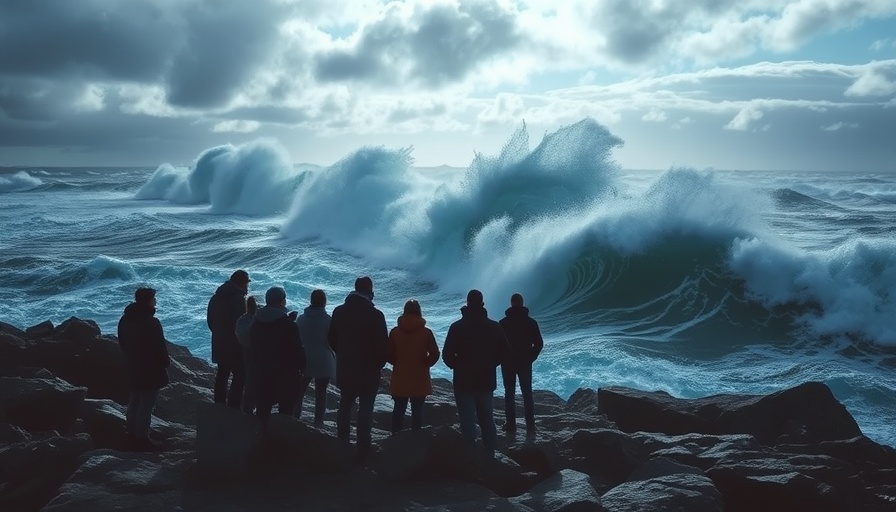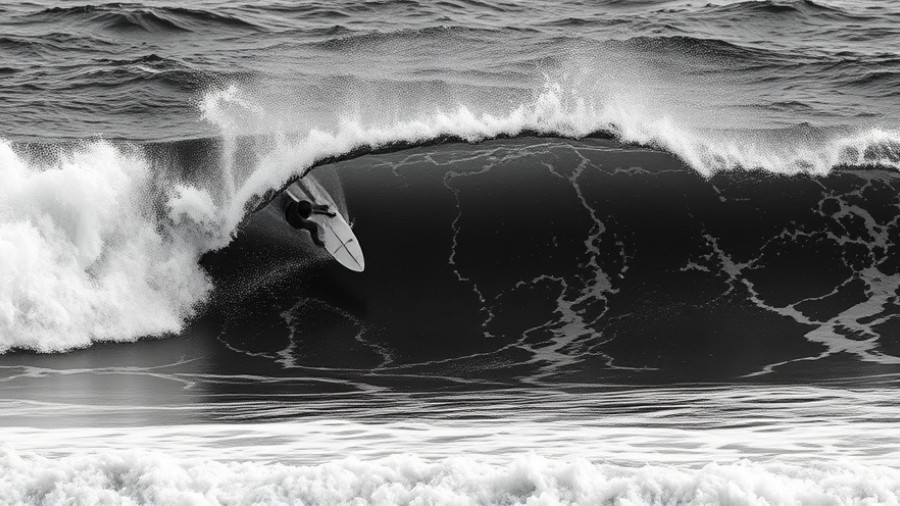
Understanding the Fury of Autumn Waves: A Surfer’s Guide
Every surfer knows that come autumn and winter, the North Atlantic transforms into a battleground of titanic waves, and this phenomenon is no accident. But why does this happen each year? It boils down to a complex interplay between meteorological forces. Let's dive deep into what drives these colossal ocean swells that beckon surfers from all over.
The Gulf Stream: The Ocean's Warm Heartbeat
The Gulf Stream is the powerhouse behind the North Atlantic's winter storms. This fast-moving current, which originates in the Caribbean, flows northward, bringing tropical warmth to the frigid waters of the North Atlantic. As noted by the NOAA, the Gulf Stream plays a significant role not just in fish migration patterns but in influencing the climate of regions further ashore, like Western Europe. Cities like London and Paris enjoy comparatively milder winters thanks to this warm water, which prevents them from experiencing the harshness of Canadian winters despite their geographical similarities.
This ocean current is akin to a conveyor belt, transporting not just warmth but energy, vital for sustaining the storm systems that create the legendary waves surfers crave. As the Gulf Stream encounters cooler Arctic waters, the contrast helps to form low-pressure systems—exactly what surfers look for when predicting the perfect swell.
The Jet Stream: The Atmospheric Expressway
If the Gulf Stream is the ocean's lifeblood, then the jet stream acts as the atmospheric expressway that guides and intensifies those ocean storms. This high-altitude river of air is where cold polar air meets the warmer tropical air, creating a stark temperature differential that fuels powerful winds. As autumn approaches and temperatures shift, the jet stream strengthens, dipping into the U.S. before rising over the Atlantic—creating ideal conditions for storms to develop.
As detailed by NOAA, the jet stream can reach speeds of up to 200 miles per hour, guiding burgeoning storms towards the surf hotspots of the Northeast. When the jet stream dips south, it becomes a breeding ground for explosive storm systems, leading to what surfers refer to as 'bomb cyclones'—where atmospheric pressure drops dramatically within a very short period. Each bomb cyclone can generate swells that can travel thousands of miles, resulting in waves that surfers eagerly anticipate.
Forecasting the Waves: Surfing the Emotional Wind
Understanding the dynamics of the Gulf Stream and jet stream not only enriches a surfer's knowledge but can also translate into sharper forecasting skills. When surfers know how to interpret these meteorological cues, they can stay ahead of the curve and optimize their time on the waves. As we all know, timing is everything, especially when it comes to catching the perfect wave.
The Bigger Picture: Climate Change Considerations
As thrilling as it is to anticipate the coming storms and swells, surfers should also consider how climate change might affect future seasons. Warmer ocean temperatures can alter wind patterns and, consequently, the dynamics of both the Gulf Stream and the jet stream, potentially leading to unpredictable surf conditions.
For surfers, being aware of these changes not only helps in chasing waves but it also sparks important conversations about environmental stewardship and the impact of their sport on the planet. Protecting our oceans should be a priority for every water enthusiast, ensuring that these thrilling encounters with nature remain for generations to come.
Conclusion: Riding the Waves of Change
So, as autumn and winter approach, it's time for surfers and windsurfers to gear up and get ready. The North Atlantic is set to fire up, offering incredible opportunities to ride the breathtaking waves that emerge from the dance between ocean and atmosphere. Knowing the science behind these storms can enhance your appreciation for the sport and might even put you ahead of the pack when it comes to catching those ideal swells.
As you brace for another thrilling season in the water, remember to respect the ocean and consider the greater effects our climate has on it. The waves are calling—are you ready to answer?
 Add Row
Add Row  Add
Add 




Write A Comment